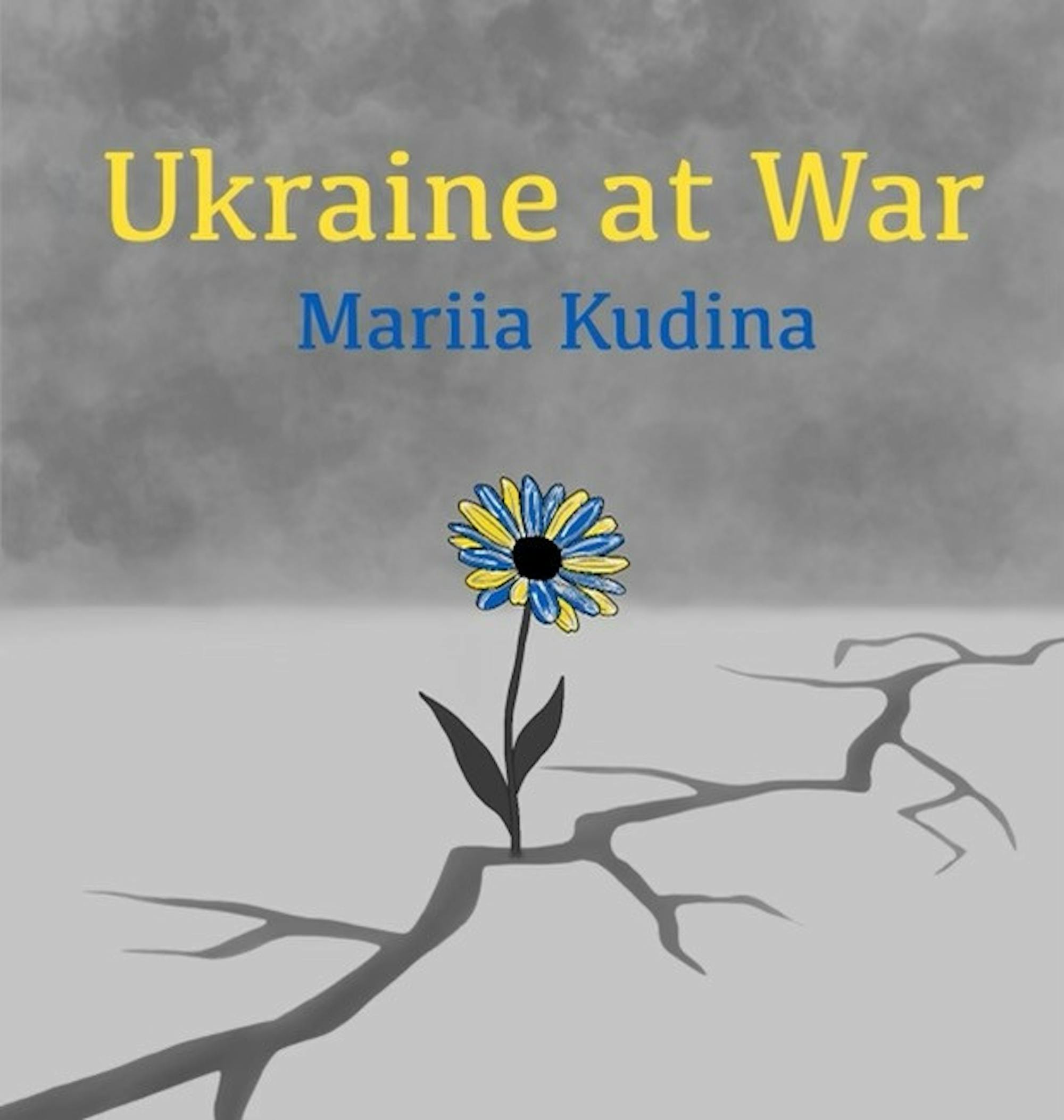Have you ever looked at a painting in a museum of modern art and felt extremely confused attempting to understand the artist’s message? When and why did American creators ‘decide’ that realism is too limited for expressing ideas? What caused the transformation of traditional art to a conceptual one? The phenomena of abstract expressionism and the movements that followed it have blossomed in the United States after 1945, the year U.S. bombers dropped the world's first deployed atomic bombs over two peaceful Japanese cities.
After the attack, people realized that nuclear weapons can erase large cities, if not the entire world, in a matter of seconds. As Katy Siegel explains it in her book, “Since ‘45: America and the Making of Contemporary Art,” (2013) post-atomic painters, photographers and musicians started to focus on expressing ideas rather than perfecting the way they are presented, with a renewed emphasis on life and death. This simplification is why we have to think hard to bring our own meaning to these modern art pieces.
The use of nuclear weapons has already once changed the way people perceive reality, challenging the ideas of power, safety and the right to live. As college students, we generationally remember the uncertainty brought by the tension of the Cold War from stories of older family members about so-called “nuclear war preparations.” Some of us maybe even still keep potassium iodide at-home first-aid kits and remember the quickest routes to air-raid shelters.
We hoped that another risk of nuclear war would not emerge again; however, threats from Russian president Vladimir Putin, who is in charge of the world’s biggest nuclear power, are becoming more frequent. What if all of it is not a bluff? What would be the consequences of Russia bombarding Ukraine and why should everyone care?
Apart from an enormous number of destroyed lives and land, as President Joe Biden said at a recent fundraiser for the Democratic Senatorial Campaign Committee, worldwide destruction could even occur with the use of a lower-yield tactical weapon. He stated, “I don’t think there is any such a thing as the ability to easily use a tactical nuclear weapon and not end up with Armageddon.”
Although Russia did not sign the Treaty on the Prohibition of Nuclear Weapons, which prohibits nuclear weapons for its members, turning to nuclear weapons would break what is a seemingly obvious, unsaid agreement to abstain from such difficult-to-control war instruments, and the aftermath of such an action would be impossible to predict.
Such remarkably tragic events as World War II, and in particular the atomic bombing of Hiroshima and Nagasaki, lead to rapid transformation of all spheres of life, including art. In the end, avant-garde artists of the 1950s are seen as heroic. By breaking away from art styles that promoted the political agenda at the time, they created art that better aligned with American values of freedom, democracy and so on. Yet do we actually want to witness the ‘greatness’ of post-nuclear war art once again?






